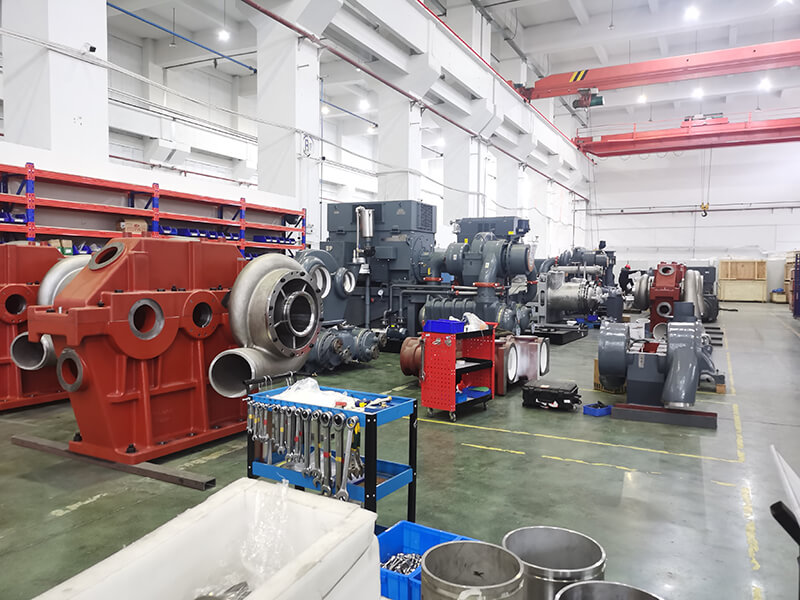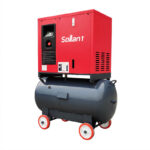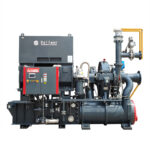1. The function of gas storage tank
1.1 Storage of compressed air;
1.2 Buffer pressure, because the pressure of the air discharged from the compressor fluctuates to a certain extent, after installing the air storage tank, the compressed air pressure at the gas end can be used more stable.
1.3 Pre-removal of water. Part of the water vapor in the air has been compressed by the compressor to form liquid water droplets. Most of these water droplets will be deposited on the bottom of the air storage tank when passing through the air storage tank. There is a drain valve at the bottom of the air storage tank, which can be manually drained. or automatic discharge.
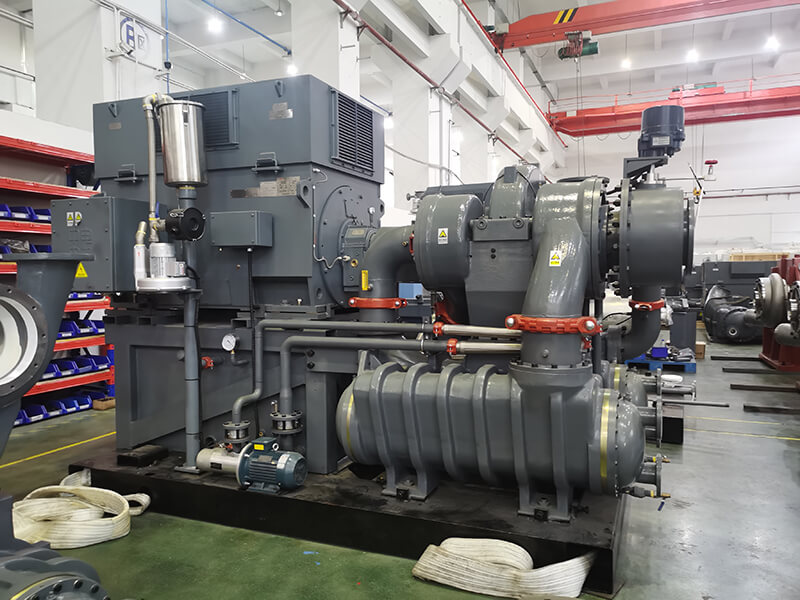
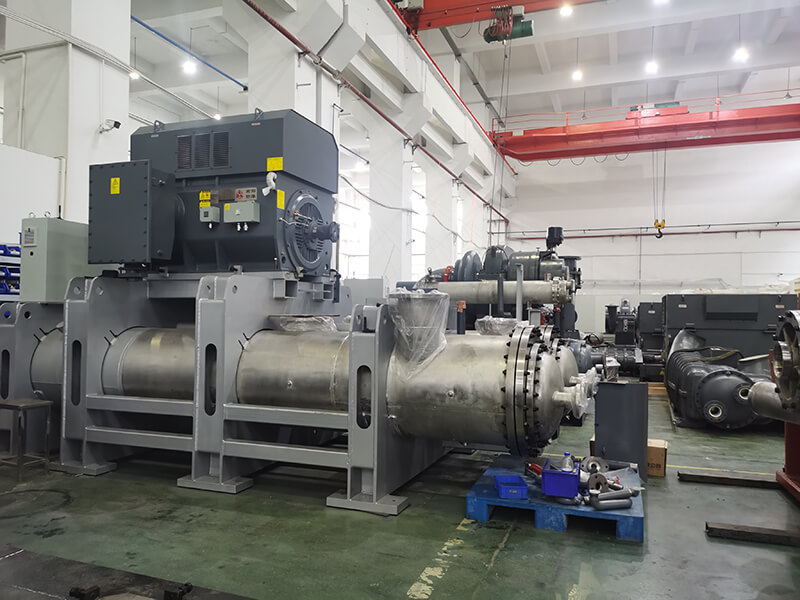
2. Dryer
Dryers are further divided into several types: refrigeration type, adsorption type (also known as heatless regeneration type), micro-heating type and combined type, etc., and the refrigeration type is commonly used.
The role of the freeze dryer:
Because the compressed air contains 100% relative humidity water, as it cools in the pipeline, the water will precipitate, which will bring many disadvantages to the gas equipment. The refrigerated dryer is a drying device that uses refrigeration technology to forcibly cool the compressed air to the required dew point temperature (2-10°C), so that the water vapor contained in it is condensed into liquid droplets, which are discharged out of the machine by the drainer.
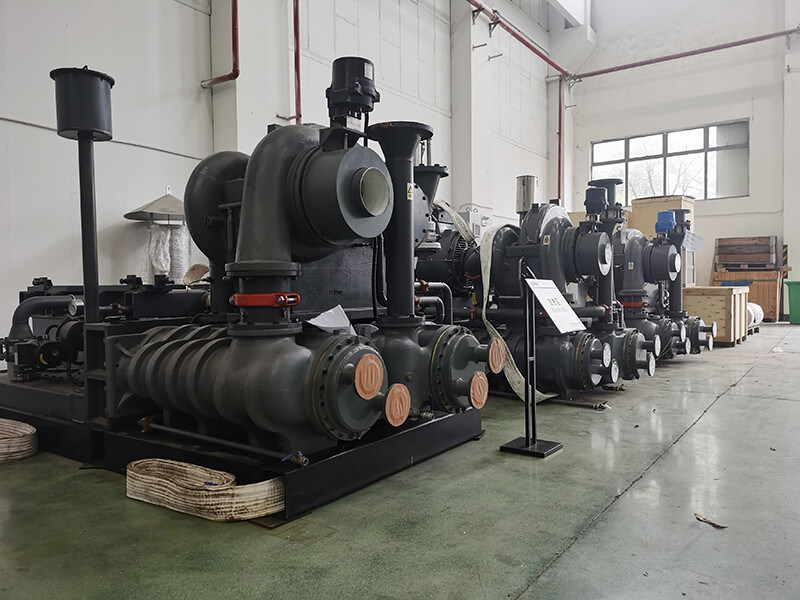
3. Function and selection of adsorption, micro-heating and combined dryers
3.1. The adsorption dryer is based on the principle of pressure swing adsorption
The double-tower tank structure is adopted, and a certain amount of desiccant (alumina) is installed in the tower tank. When the compressed air enters the tower tank and contacts with the desiccant, the compressed air is dried by the principle of pressure swing adsorption, and the dew point temperature can reach below -40.
3.2. The specifications of the adsorption dryer are compatible with those of the freeze dryer.
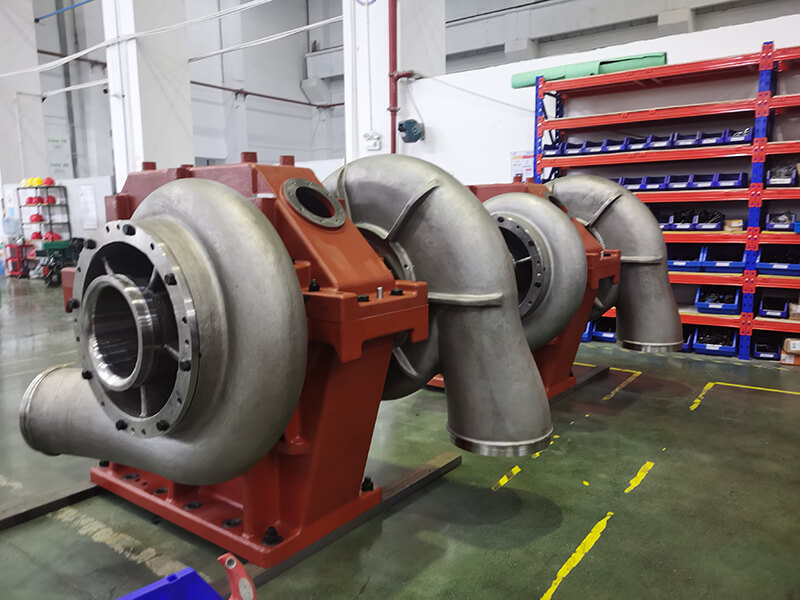
4. Filter function
In addition to water, compressed air also contains oil, dust and various odor components. The equipment that removes these compressed air pollutants by physical methods is called a filter.
4.1 Filtered gas dust particle size: the maximum diameter of solid particles that can pass through the filter under specified experimental conditions, expressed in um (microns);
4.2 Oil content of filtered gas: the mass of oil (including oil droplets, suspended particles, and oil vapor) contained in a unit volume of compressed air, converted to the value under standard atmospheric conditions of absolute pressure 1bar, temperature 20°C, and relative humidity 65% . The residual oil content after the compressed air is filtered is expressed in ppm, 1ppm≈1.2 mg/m3 (mg/cubic).
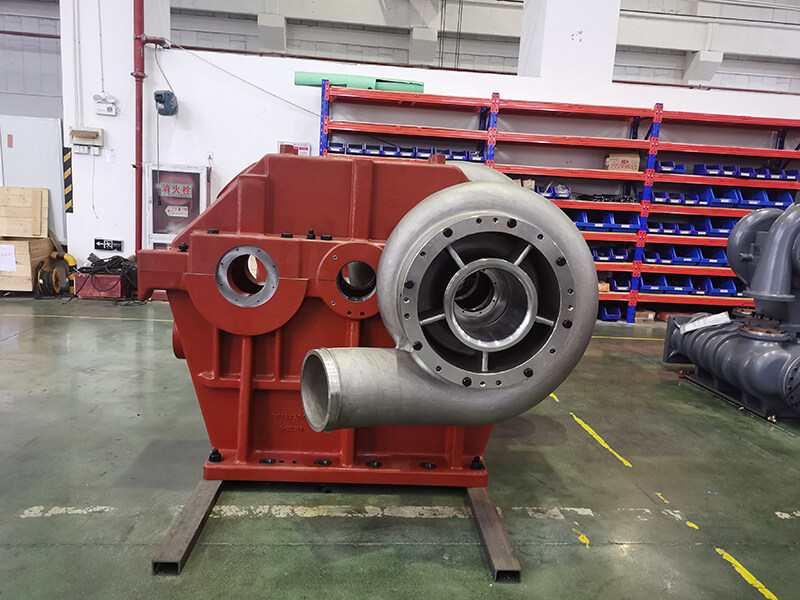
Sollant Focus on Energy Saving

